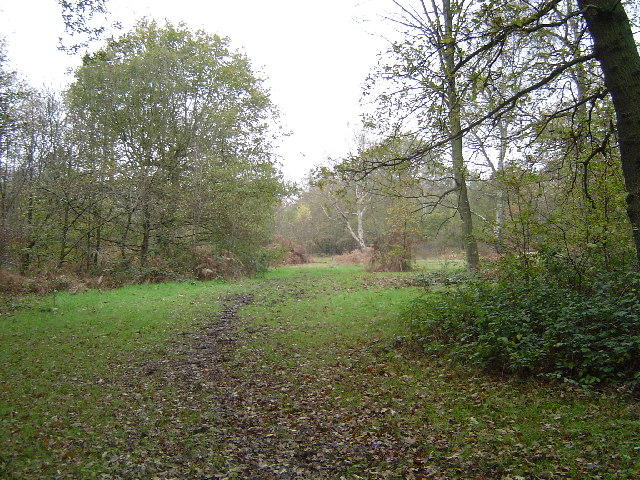Stanmore Common on:
[Wikipedia]
[Google]
[Amazon]
 Stanmore Common is a 49.2-hectare public park, Local Nature Reserve and
Stanmore Common is a 49.2-hectare public park, Local Nature Reserve and
 Stanmore Common is a 49.2-hectare public park, Local Nature Reserve and
Stanmore Common is a 49.2-hectare public park, Local Nature Reserve and Site of Metropolitan Importance for Nature Conservation
Site of Nature Conservation Interest (SNCI), Site of Importance for Nature Conservation (SINC) and regionally important geological site (RIGS) are designations used by local authorities in the United Kingdom for sites of substantive local nature ...
in Stanmore
Stanmore is part of the London Borough of Harrow in London. It is centred northwest of Charing Cross, lies on the outskirts of the London urban area and includes Stanmore Hill, one of the highest points of London, at high. The district, whi ...
in the London Borough of Harrow
The London Borough of Harrow () is a London borough in northwest London, England; it forms part of Outer London. It borders four other London boroughs Barnet to the east of ancient Watling Street (now the A5 road), Brent to the southeast, Eal ...
in England. It is owned by Harrow Council and managed by the council with a local group. It was a biological Site of Special Scientific Interest, but was de-notified in the early 1990s.
History
There are several important archaeological sites on the common, includingBronze Age
The Bronze Age is a historic period, lasting approximately from 3300 BC to 1200 BC, characterized by the use of bronze, the presence of writing in some areas, and other early features of urban civilization. The Bronze Age is the second pri ...
tumuli
A tumulus (plural tumuli) is a mound of earth and stones raised over a grave or graves. Tumuli are also known as barrows, burial mounds or '' kurgans'', and may be found throughout much of the world. A cairn, which is a mound of stones b ...
. In 793 AD land at Stanmore was given by the King of Mercia
The Kingdom of Mercia was a state in the English Midlands from the 6th century to the 10th century. For some two hundred years from the mid-7th century onwards it was the dominant member of the Heptarchy and consequently the most powerful of the ...
to St Albans Abbey
St Albans Cathedral, officially the Cathedral and Abbey Church of St Alban but often referred to locally as "the Abbey", is a Church of England cathedral in St Albans, England. Much of its architecture dates from Norman times. It ceased to be ...
, which held it until the Norman Conquest
The Norman Conquest (or the Conquest) was the 11th-century invasion and occupation of England by an army made up of thousands of Norman, Breton, Flemish, and French troops, all led by the Duke of Normandy, later styled William the Conq ...
. Following an Enclosure Act
The Inclosure Acts, which use an archaic spelling of the word now usually spelt "enclosure", cover enclosure of open fields and common land in England and Wales, creating legal property rights to land previously held in common. Between 1604 and 1 ...
in 1813 much of the land was lost to private ownership, but about 120 acres of Stanmore Common remained common land
Common land is land owned by a person or collectively by a number of persons, over which other persons have certain common rights, such as to allow their livestock to graze upon it, to collect wood, or to cut turf for fuel.
A person who has ...
, held by Harrow Urban District Council.
Ecology
The common is woodland and heathland, with two artificially created ponds. Most of the woodland is secondary as the ancient woods were long ago cleared for grazing, apart from a seven hectare area of older woodland at The Grove. The Common has many rare plant species, including the onlyheath spotted-orchid
''Dactylorhiza maculata'', known as the heath spotted-orchid or moorland spotted orchid, is an herbaceous perennial plant of the family Orchidaceae. It is widespread in mountainous regions across much of Europe from Portugal and Iceland east to R ...
s in London. Birds include the declining spotted flycatcher
The spotted flycatcher (''Muscicapa striata'') is a small passerine bird in the Old World flycatcher family. It breeds in most of Europe and in the Palearctic to Siberia, and is migratory, wintering in Africa and south western Asia. It is decli ...
and bullfinch. There are also rare insects, and mammals include muntjac deer
Muntjacs ( ), also known as the barking deer or rib-faced deer, (URL is Google Books) are small deer of the genus ''Muntiacus'' native to South Asia and Southeast Asia. Muntjacs are thought to have begun appearing 15–35 million years ago, ...
, woodmice, bank and field voles and shrews.
Access
There is a car park on Warren Lane, and access also from The Common.References
{{Coord, 51.63, -0.33, type:landmark_region:GB-LND, display=title Nature reserves in the London Borough of Harrow Parks and open spaces in the London Borough of Harrow Local nature reserves in Greater London Common land in London